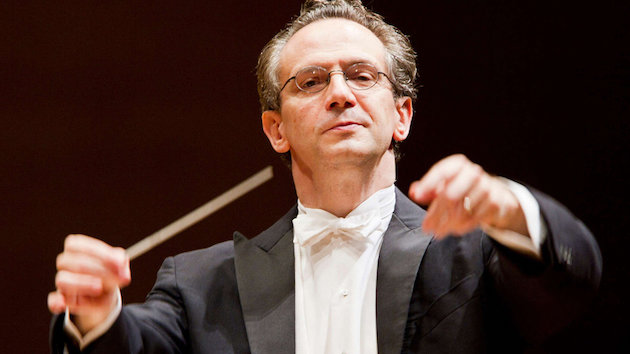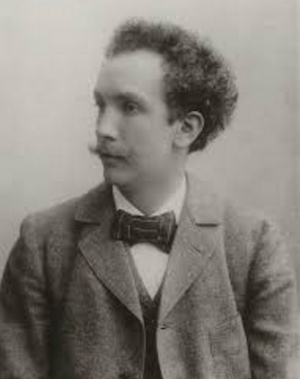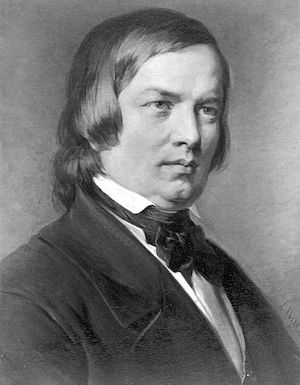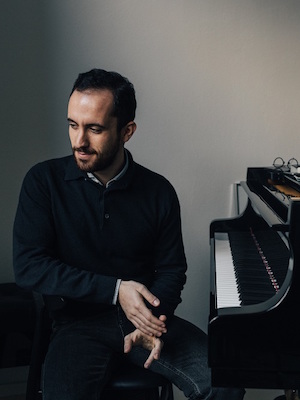
Composer Richard Strauss was only 22 years old when he processed the impressions of a three-month trip to Italy, made during the summer of 1886, into what he himself called the “symphonic fantasy” Aus Italien.
After two earlier symphonies (1880 and 1884), it was Strauss’s first serious attempt to create music in a genre that he would ultimately dominate and perfect, the symphonic poem.

Even though Aus Italien doesn’t quite have the breadth and depth of later compositions like Don Juan (1888), Also Sprach Zarathustra (1896), or An Alpine Symphony (1915), Saturday evening’s performance by the San Francisco Symphony, under Italian guest conductor Fabio Luisi, had more than enough meat on the bones.
Aus Italien is still structured as a four-movement symphony, and in that respect, it harks back to works like Mendelssohn’s Italian Symphony (No. 4) from 1833, but in its orchestration and descriptive musical imagery it already echoes the more mature style of Strauss’s later one-movement tone poems.
Returning guest conductor Fabio Luisi elicited a beautifully vibrant sound from the orchestra, and especially from the string section, which sounded lush, soft, and rich. In style and stature, Luisi reminds me a bit of Herbert Blomstedt: an almost academically precise way of conducting, very clean and to the point, with model gestures and movement, but not a lot of visible passion.

Luisi’s methodical approach also worked very well with Schumann’s Piano Concerto in A Minor (1845), played before intermission, with Russian-German pianist Igor Levit as soloist.
Schumann wrote several other pieces for piano and orchestra, but this Opus 54 is his only official foray into the genre of the piano concerto.
It is, however, less a concerto in the traditional sense — with a virtuoso solo part accompanied by the orchestra — than a piece in which piano and orchestra are equal partners in their dialogue, and the solo part serves to lend color to the orchestral sound as often as it exhibits the soloist’s technical brilliance.
There was no lack of that with Levit at the keyboard, and his conversation with conductor Luisi and the members of the San Francisco Symphony was impassioned, emotional and exciting, but also dramatic and fierce, and at times it was so relaxed and casual that it seemed completely improvised.

This is in part due to Levit’s incredibly delicate handling of the keyboard. He sits very close to the piano, hovers over the keyboard with his head and upper body, but his hands seem to barely touch the keys. He merely rubs and brushes them without any effort or force. Levit’s only noticeable show of applied muscular power is when his body recoils and he accentuates the end of a phrase by lifting himself off his seat.
Levit’s silky-soft touch was especially fitting for his encore, when he played Für Elise — a piece that everybody knows but is rarely heard in concert or recital.
Beethoven’s charming little bagatelle was greeted with a split second of combined groan-laughter-recognition, but then everybody was swept away by the simple beauty and tenderness of the piece — Levit’s perfect little parting gift.




